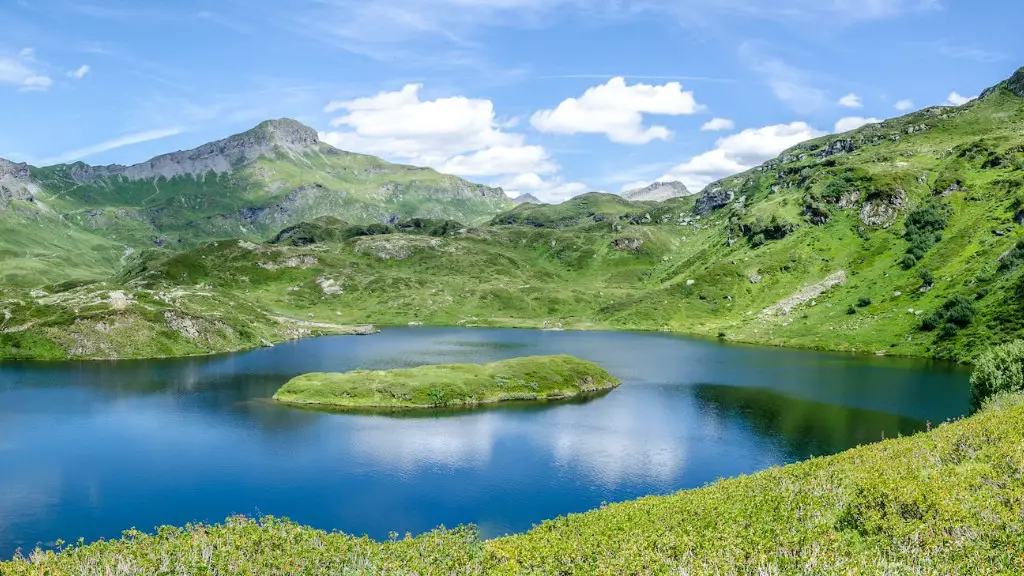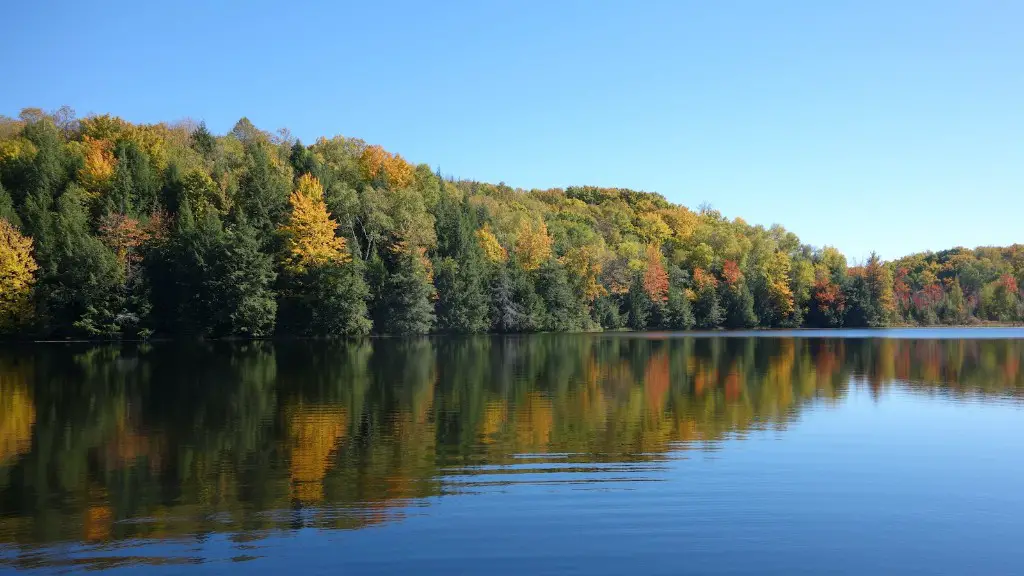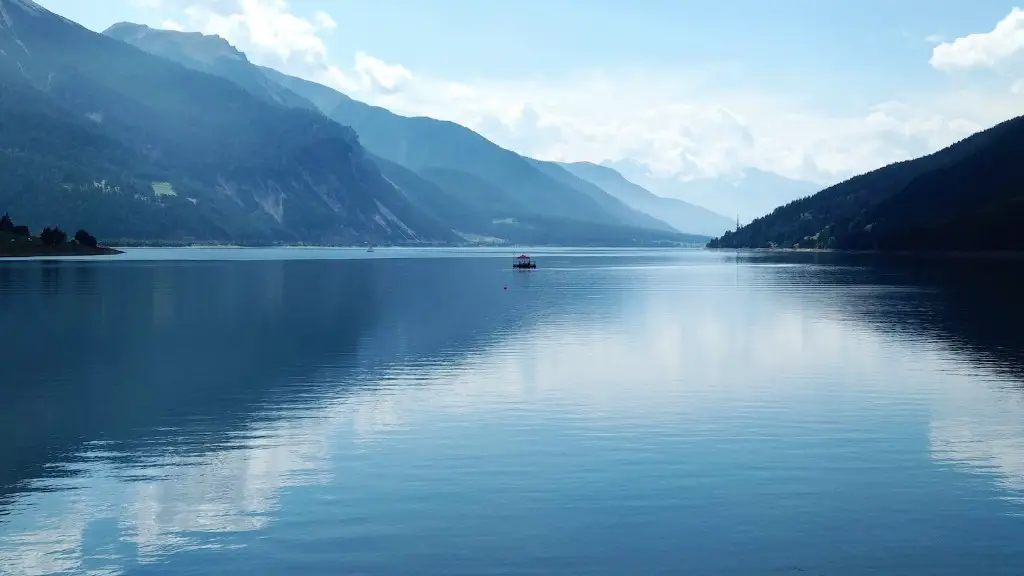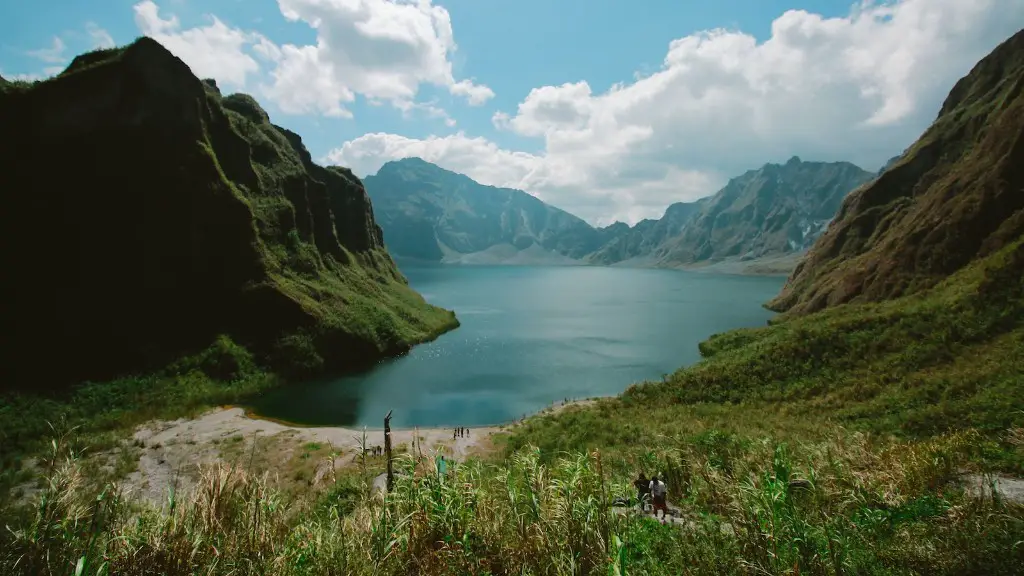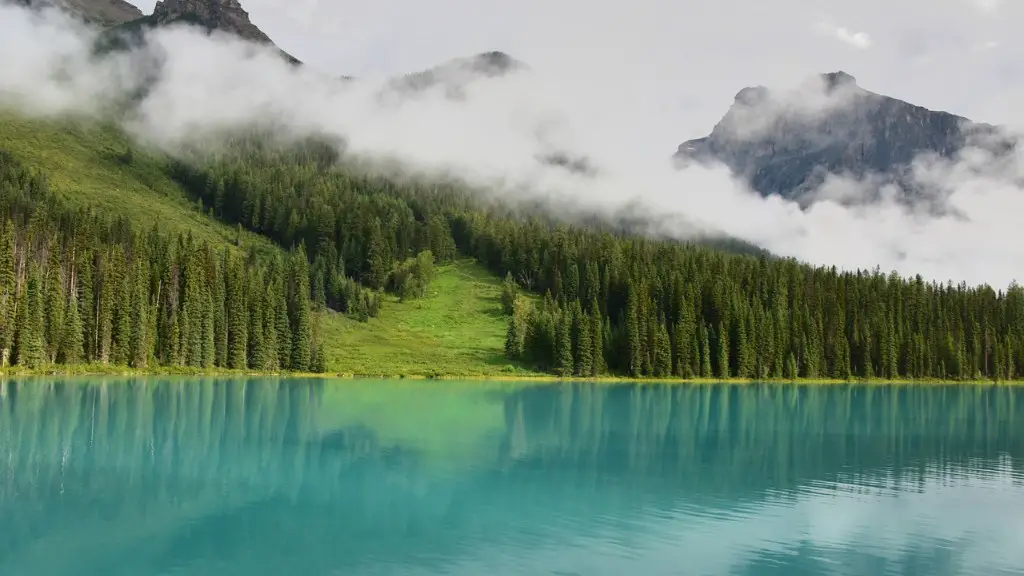Where’s Lake Titicaca? Located between Peru and Bolivia, Lake Titicaca is often referred to as the highest navigable lake in the world. It lies at an elevation of 12,507 feet above sea level and is considered a sacred place by the indigenous tribes living around it. One of the most remarkable features of the lakes is that they both have different surface levels. The water in the larger lake shifts its level by more than three feet each year.
There are numerous islands located on the lake, such as the Taquile, Amantani, and Isla del Sol. These islands have become a popular tourist attraction, as they offer breathtaking views and a unique cultural experience. In addition, there are various archaeological sites that can be explored in the area.
The lake has a long history, which dates back to the 15th century. It is believed to be the birthplace of the Incas, and the lake has long been recognized as an important sacred site for these ancient civilizations. One of the famous stories associated with the lake is that of Manco Capac and Mama Ocllo, the legendary figures who were said to have emerged from the lake’s depths to become the founders of the Inca empire.
The lake is an important provider of jobs, especially for the locals. It is important for tourism, fishing, and for its cultural heritage. The waters of Lake Titicaca are home to numerous fish species and over 200 bird species, making it a special site for many visitors. However, the lake has been facing some difficulties, including water pollution, desertification, and unsustainable fishing practices.
The Lake Titicaca ecosystem has been affected by numerous factors, including climate change. It has been observed that the lake levels have decreased due to decreasing rains in the surrounding areas. It is also believed that this has led to decreased sedimentation and a decrease in the fertility of the lake.
In recent years, many organizations have been working to protect this important site. The local population has made efforts to conserve the lake by limiting fishing practices, promoting sustainable tourism, and improving the management of local resources. The governments of Peru and Bolivia have also made efforts to protect the area, such as restoring wetlands and promoting sustainable fishing.
Impact on Indigenous Communities
Lake Titicaca has had a huge impact on the lives of the indigenous communities living in this area. As the lake is a major source of livelihoods, the locals rely on the lake for their food and livelihoods. Overfishing and water pollution have led to a decrease in fish populations, which has affected the livelihoods of many. In addition, the lake has become polluted due to agricultural runoff, industrial waste, and even a reduction in oxygen levels.
The local people have long been concerned about the state of the lake. They have implemented several initiatives to protect the lake, such as setting up fishing limits, increasing water-quality monitoring, and creating protected areas for the aquatic life. In addition, the locals have also been actively engaged in raising awareness about the importance of preserving the lake.
The lakeshore communities have also benefited from the increasing tourism in the area. This has brought in economic opportunities, such as hotels, restaurants, and souvenir shops. The locals are also increasingly getting involved in the tourism sector and offering boat rides, fishing trips, and other services to visitors.
Effects of Climate Change
In recent years, the effects of climate change on Lake Titicaca have become more noticeable. Due to shifting weather patterns, there has been a decrease in rainfall in the region, which in turn has caused the lake levels to drop. This has affected the local population, especially those living on the lake, who depend on it for their livelihoods.
The lake has also become vulnerable to natural disasters, such as floods and earthquakes. This has put a strain on the local infrastructure and has adversely impacted the local communities. In addition, the local government has been struggling to cope with the losses due to droughts, which has further impacted the local population.
The local governments have been implementing initiatives, such as establishing watersheds and water management systems, to help protect the lake from climate change. In addition, organizations such as the United Nations Environment Programme (UNEP) are working to protect the lake by raising awareness and promoting sustainable practices. However, more needs to be done to mitigate the effects of climate change.
Dangers of Overfishing
Fishing is an important source of livelihood in the Lake Titicaca area, but it has become a major concern in recent years. Overfishing has drastically reduced the fish populations, which has adversely affected the local communities. The other environmental impacts of overfishing, such as water pollution, sedimentation and eutrophication, have also caused a decrease in the fertility of the lake.
The local government has imposed regulations to control overfishing, such as setting fishing limits and creating protected areas. In addition, organizations and individuals have been working to raise awareness about the importance of sustainable fishing practices. The local communities have also become involved in the effort to protect the lake and its resources.
Preservation Efforts
Organizations such as the World Wildlife Fund and UNESCO have been working to preserve and protect this important site. They have implemented several initiatives, such as setting up protected areas, monitoring water quality, and promoting sustainable practices. In addition, the local population has also been actively involved in protecting the lake, such as setting up fishing limits, enforcing water regulations, and raising awareness.
The local governments have also been making efforts to protect the lake. They have implemented laws and regulations to control pollution, promote sustainable practices, and strengthen the Lake Titicaca’s infrastructure. They have also been working with the local communities to ensure that their rights are respected.
At the international level, a number of initiatives have been taken, including the establishment of the Transboundary Lake Titicaca Agreement, which commits the governments of Peru and Bolivia to work together to protect the lake and its resources. This agreement also commits them to conduct collaborative research and monitoring programs, and to cooperate in the development of sustainable practices.
Conclusion of Preservation Efforts
Overall, it is clear that Lake Titicaca faces numerous threats and challenges caused by climate change, water pollution, and overfishing. However, there are numerous organizations and individuals working to protect this important site, from the local governments to international organizations. With the help of these initiatives, it is hoped that the lake will continue to provide livelihoods, cultural heritage, and natural beauty that have attracted people to the lake for centuries.
